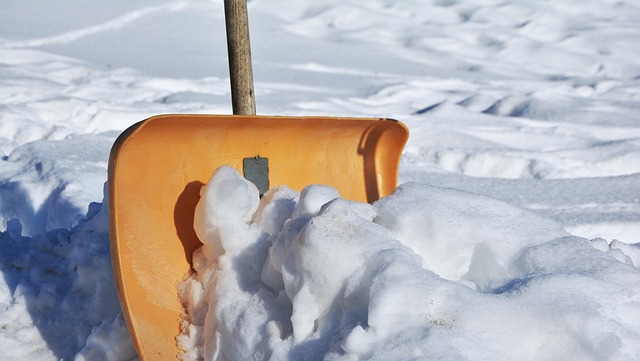In the dynamic landscapes of residential and commercial development, efficient lot clearing is a cornerstone for successful projects. Located in Easley, SC, this guide explores the critical process of tree removal, tailored to local needs. We delve into identifying suitable trees for safe and responsible removal, leveraging advanced techniques to streamline the process. Furthermore, we provide insights on managing debris post-clearing, ensuring a clean and orderly environment. For those seeking reliable Tree Removal Easley SC services, this comprehensive resource offers valuable information to navigate this essential step.
- Understanding Lot Clearing Needs in Easley SC
- Identifying Suitable Trees for Removal
- Efficient Tree Removal Techniques
- Managing Debris Post-Clearing
Understanding Lot Clearing Needs in Easley SC
In Easley, South Carolina, understanding the specific lot clearing needs is paramount for both residential and commercial projects. The process involves careful assessment of the property to determine the extent of tree removal, stump grinding, and debris clearance required. For instance, densely wooded areas often necessitate expert tree removal services to make way for new constructions, while smaller residential lots may only require selective pruning and stump grinding.
Easley SC residents and businesses turn to professional lot clearing services to ensure safety, enhance visibility, and prepare sites for various developments. Proper management of tree removal is crucial to preserving the local ecosystem and maintaining the aesthetic appeal of the surrounding environment. With the right expertise, lot clearing can be a seamless process, transforming raw land into viable spaces ready for building or renovation.
Identifying Suitable Trees for Removal
When planning lot clearing for residential or commercial projects in Easley, SC, identifying suitable trees for removal is a critical step. It’s essential to consider both the health and size of trees, as well as their proximity to structures and infrastructure. Large, mature trees that are diseased, damaged, or posing a safety hazard are prime candidates for removal. These trees can be a risk during construction activities due to potential falling debris or roots disrupting building foundations.
In Easley SC, understanding local regulations regarding tree removal is crucial. Some areas may have specific guidelines on protected species or preservation zones. Property owners and contractors should consult with local authorities and arborists to ensure compliance. Identifying the right trees for removal not only facilitates efficient lot clearing but also promotes a safer and more sustainable construction environment.
Efficient Tree Removal Techniques
In efficient lot clearing for residential and commercial projects in Easley, SC, effective tree removal techniques are paramount. Professionals employ a combination of manual and mechanical methods to ensure safety and minimize environmental impact. Hand saws and axe are used for smaller trees, allowing for precise cuts and controlled falling. For larger trees, chain saws and specialized equipment like chippers and stump grinders come into play, making quick work of substantial woody debris.
These techniques not only expedite the clearing process but also promote sustainable land development. Proper tree removal involves assessing each specimen for health, size, and location to determine the best method. This careful approach ensures that essential trees are preserved while safely removing those that pose risks or impede project progress. The end result is a cleared site ready for construction, with minimal environmental disruption in Easley, SC.
Managing Debris Post-Clearing
After efficient lot clearing for residential or commercial projects in Easley, SC, managing debris becomes a critical step to ensure a clean and safe environment. Proper disposal and recycling of materials not only contribute to environmental sustainability but also comply with local regulations. Professional services often include detailed planning for debris removal, employing specialized equipment to transport and dispose of timber, concrete, metal, and other waste responsibly. This meticulous approach minimizes site contamination and maximizes resource recovery potential, turning a potentially chaotic process into a well-managed, eco-conscious endeavor.
